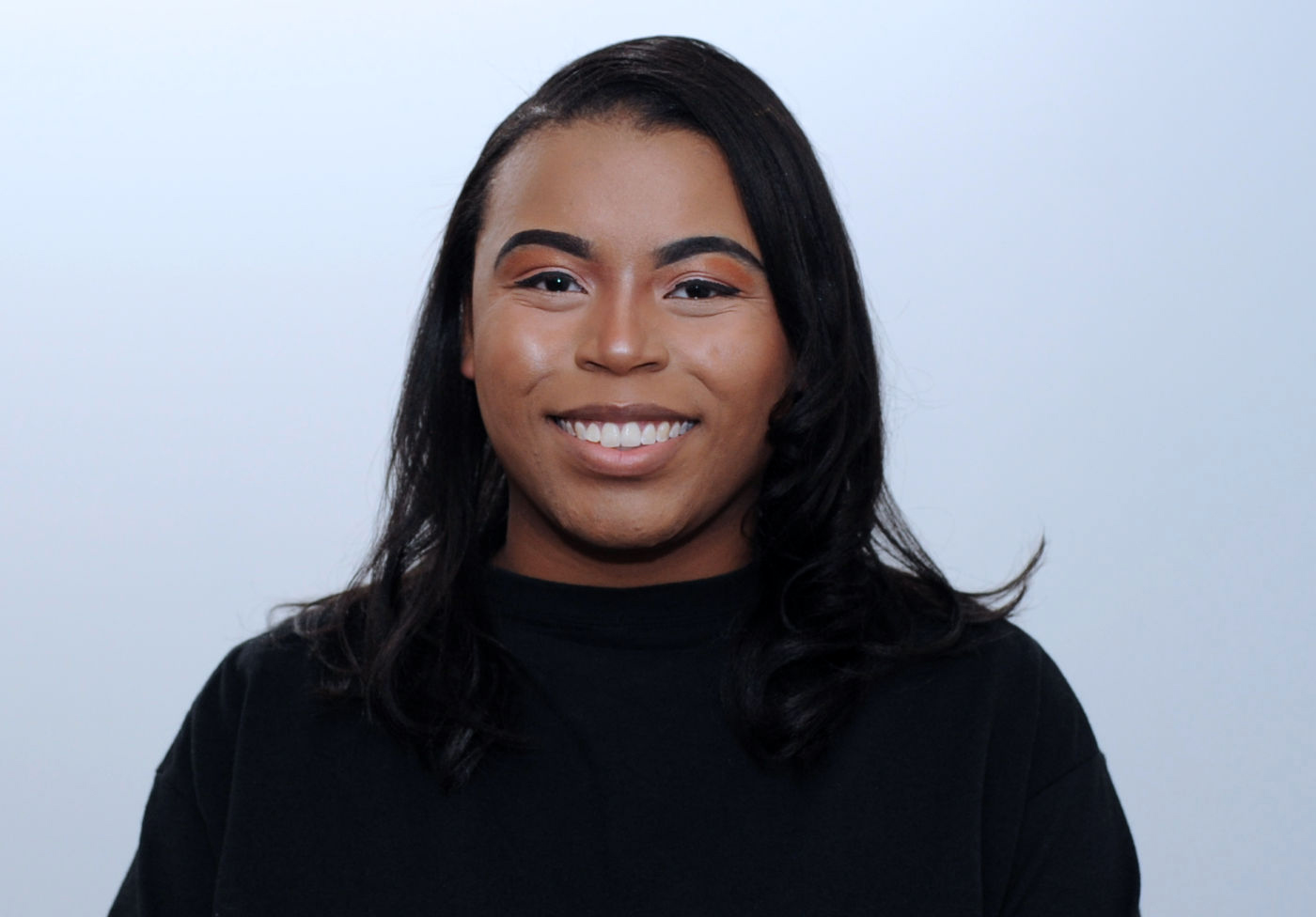Public Health Buckeyes: Jordyn Brown
MPH student forging path in women’s cancer epidemiology

Each month, the College of Public Health shines a spotlight on one of its students. This month, meet Jordyn Brown, a second-year Master of Public Health student in epidemiology. A lifelong Columbus resident, Brown saw great opportunities close to home at Ohio State, where she also received her Bachelor of Science in Public Health in 2020. Now, Brown is immersed in work focused on improving women’s health, which she plans to continue through the PhD level.
Question and Answer
What drew you to public health?
I always knew I wanted to be in the health care industry. At first, I was interested in disease diagnosis and treatment at the individual level because it answered one of my questions: How do we fix specific health conditions? But as I came to consider the vast demographic disparities in health care, such as access to quality services and health literacy, this question was eventually no longer of interest to me. My true interest lies in investigating trends, identifying risk factors and developing interventions for populations that are disproportionately affected by specific diseases.
Tell us about your work at the Kirwan Institute for the Study of Race and Ethnicity.
My work is centered on evaluating the Ohio Commission on Minority Health (OCMH) Certified Pathways Community HUB program. This network of community health workers, social workers and other professionals work in 10 counties across the state to provide services that address disparities in Ohio's infant mortality crisis. To gain further insight into barriers faced by women at all stages of pregnancy, we conducted one-on-one interviews with OCMH clients and focus groups with community health workers. This information will be used to develop policy recommendations for reducing barriers associated with housing, employment and accessing behavioral health services.
What sort of research have you been involved in?
I’ve had the opportunity to learn so much from faculty within the College of Public Health and across campus. I’ve worked with professor Julie Bower to interview postpartum women enrolled in a program promoting joint mother-infant care appointments, and under the advisement of Dr. Seuli Brill I observed program implementation and evaluation for a telehealth-based mobile care unit in rural southeastern Ohio.
For my integrative learning experience, I’m working with my advisor Ashley Felix on quantifying important contributors to racial and ethnic disparities in endometrial cancer survival. My work with professor Aldenise Ewing centers on understanding the influence of family history, lifestyle behaviors and perceived cancer risk among physically active Black and white women.
How have these experiences shaped your education?
These experiences have provided me the opportunity to apply the knowledge gained in my classes to real-life situations. They’ve also allowed me to recognize the magnitude and great responsibility we have as current and future public health practitioners when we are investigating trends and developing appropriate interventions.
What excites you the most about your research?
The opportunity to intervene at different phases of the cancer continuum. Cancer epidemiology goes beyond treatment to investigate what social, economic and medical conditions impacted treatment plans and outcomes. This ultimately helps us make progress toward diminishing the impact of cancer at the individual, community, state and national levels.
What advice would you give to students considering pursuing public health?
Public health is rewarding because you can identify societal issues of interest to you and explain their impact on the health and well-being of individuals and communities. The wide reach and interconnectedness of the field is amazing. Like most things in life, public health is a constant work in progress. It’s important to recognize that there are no perfect or one-size-fits-all solutions, but there is opportunity to identify, dismantle and implement interventions for segments of the population that are disproportionately affected by a given issue.
What do you hope for the future of public health?
My favorite aspect of public health is that it’s under constant reinvention, and I hope this trend continues, because it is in these moments that we achieve progress toward our collective goal of ensuring and maintaining good health for all.
About The Ohio State University College of Public Health
The Ohio State University College of Public Health is a leader in educating students, creating new knowledge through research, and improving the livelihoods and well-being of people in Ohio and beyond. The College's divisions include biostatistics, environmental health sciences, epidemiology, health behavior and health promotion, and health services management and policy. It is ranked 22nd among all colleges and programs of public health in the nation, and first in Ohio, by U.S. News and World Report. Its specialty programs are also considered among the best in the country. The MHA program is ranked 5th and the health policy and management specialty is ranked 21st.